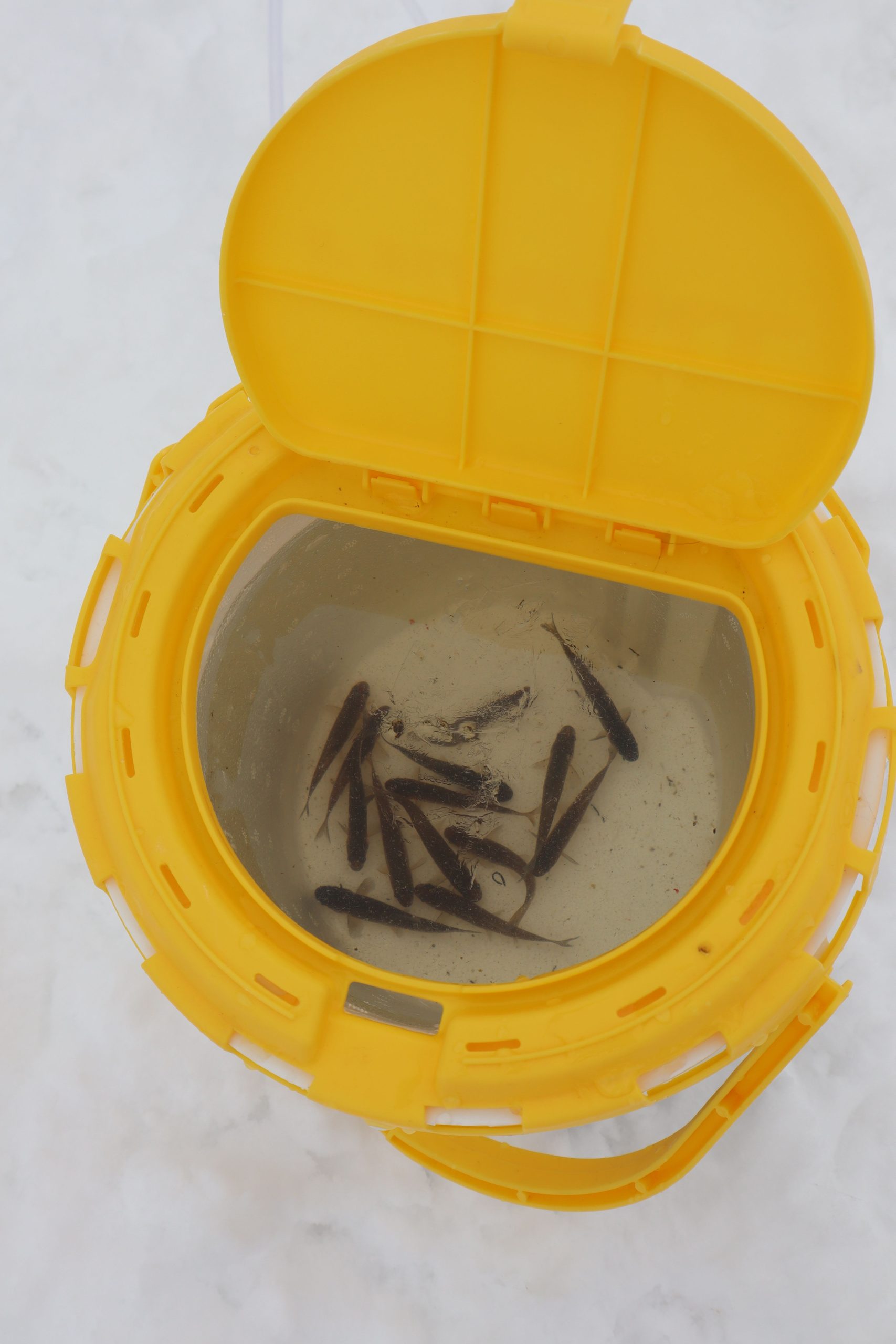
Editor’s note: This story has been edited May 16, 2024 to reflect updated regulations and correct numerical and descriptive inaccuracies.
With the unveiling of Ontario’s new Sustainable Bait Management Strategy in 2020, minnows are likely top of mind for many anglers this season. Of course, live bait continues to be a great tool for anglers, but it also presents a risk, as bait buckets provide one of the easiest ways for harmful invasive species to spread.
As anglers, we have both legal and moral obligations to practise due diligence when it comes to invasive species prevention, and that means knowing what’s in our buckets.
One fish, two fish, red fish, blue fish
With 34 types of legal baitfish in Ontario, minnow identification can be daunting. But what if you don’t have to know every fish?
Instead of becoming baitfish experts, anglers can use characteristics that baitfish never or rarely display to screen their bait and pick out fish that don’t belong, or at least warrant a closer look.
Bait characteristics to watch for
Spiny dorsal fin:
No species of Ontario baitfish has these. Although sticklebacks do have spines, these are not connected as part of a fin. What could it be? Perch, walleye, smallmouth or largemouth bass, rockbass, sunfish, Eurasian Ruffe.
Whiskers:
Aka barbels. No species of Ontario baitfish has prominent barbells. What could it be? Juvenile bullhead, common carp, or burbot.
Flat bodies:
Few Ontario baitfish have flat bodies (like a panfish). An example would be sticklebacks. What could it be? Juvenile smallmouth or largemouth bass, rock bass, crappie, sunfish, trout species
Vertical bands:
Most Ontario baitfish do not have vertical stripes/banding. Exceptions include central mudminnow, banded Killifish, and some sticklebacks. What could it be? Juvenile yellow perch, smallmouth bass, sunfish, muskie, pike.
Spots:
Most Ontario baitfish do not have prominent spots along the body. Exceptions include brook stickleback and troutperch. What could it be? Juvenile trout species, crappie, round goby, Eurasian Ruffe.
Several baitfish species have a single spot on their dorsal or caudal fins, including spottail shiner, creek chub, bluntnose minnow, fathead minnow, hornyhead chub, and spotfin shiner.
Bright colours:
Most Ontario baitfish do not display bright, flashy colours. Exceptions include species with red along the fins or body, such as some dace, redfin shiner, and longnose sucker.
What could it be? Juvenile brook or rainbow trout, rosy red minnow, rudd, goldfish, other exotic aquarium fish.
Fused pelvic fin:
No species of Ontario baitfish has a single, fused pelvic fin. What could it be? Round or tubenose goby.
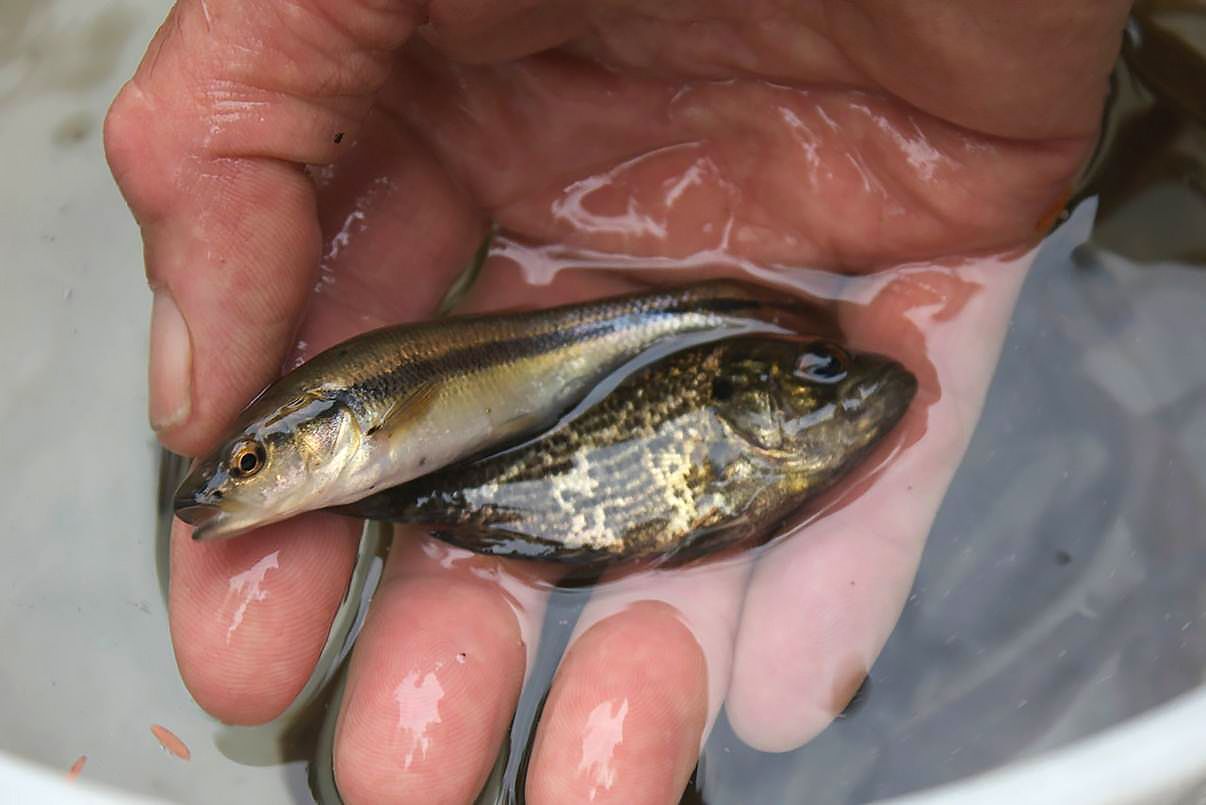
More info
Originally published in the April 2023 issue of Ontario OUT of DOORS
Matthew Robbins is an OFAH Fish and Wildlife Biologist. He can be reached at: [email protected]


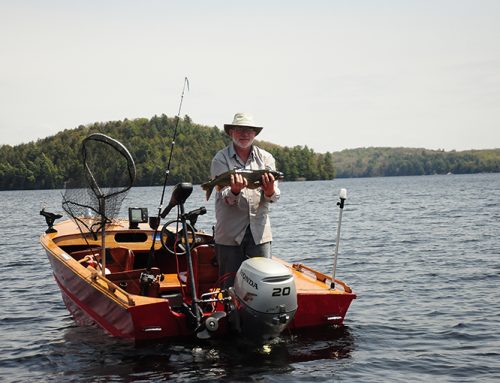
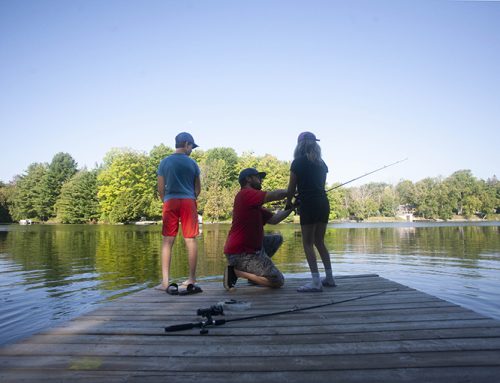

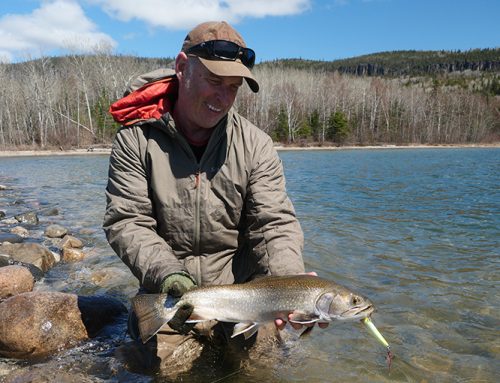
Leave A Comment